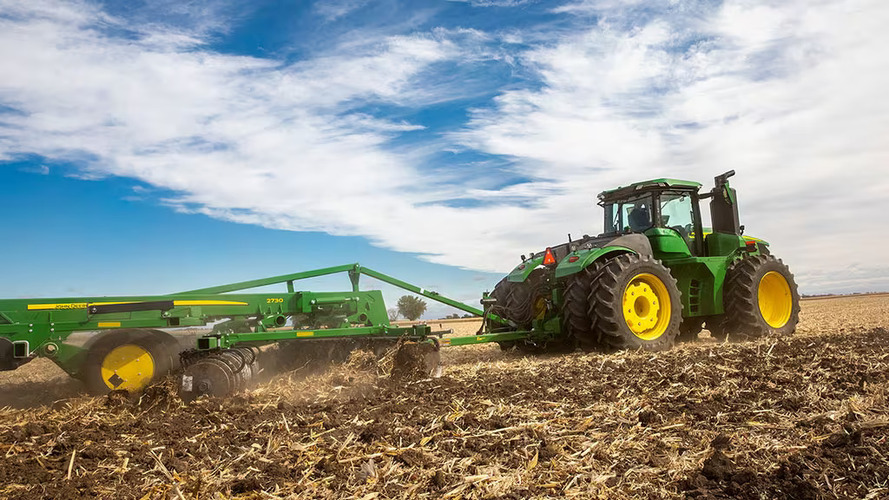Last year’s tight finish to growing season is sparking a need for additional agribusiness working capital for the nation’s farmers as they commence sowing operations for the 2024 growing season.
As the country braced for harsh El Nino conditions predicted by the Bureau of Meteorology, a ‘pincer’ of drier conditions and falling livestock prices in late 2023 hit farmers hard.
But despite the somewhat doomsday outlook, farmers are enjoying a relatively wet start to 2024 with early autumn showers being promising.

The impact of last year’s dry finish and this year’s wet start is two-fold. Lower harvest revenues have left farmers with lower cash reserves to get this year started, while unexpected rains increased early season costs like weed suppression has seen cash resource recede further.
Agribusiness financiers are noticing that while farm business owners are well prepared for the new cropping season, there are many yet to get their working capital settings right for the 2024 season.
Understanding working capital and cash flow management
Working capital represents the funds available to a farmer or agricultural business to cover day-to-day operational expenses, such as inputs, labour, drawings, and loan payments for equipment and farm assets. The main components of working capital are current assets, current liabilities, and the portions of loan principals due within 12 months.
Current assets include cash reserves, accounts receivable (money owed to your business) and inventories of grain, livestock, and anything else that can be sold to generate cash.
A farm’s current liabilities include unpaid taxes, accounts payable (money owed to suppliers), crop input loans.
Working together
When farmers and their advisors plan the year ahead, they should make plans for their working capital too as part of active cash flow management.
Financiers use cash flow forecasts that show monthly movements in income and expenditure for the upcoming season. They do this to accurately ‘size’ working capital facilities, or overdrafts, for their customers.
Farmers and their advisors should do the same, knowing that timing of their farming program will greatly influence their working capital needs. And having sufficient working capital ready for operations will allow maximise getting the timing right.








